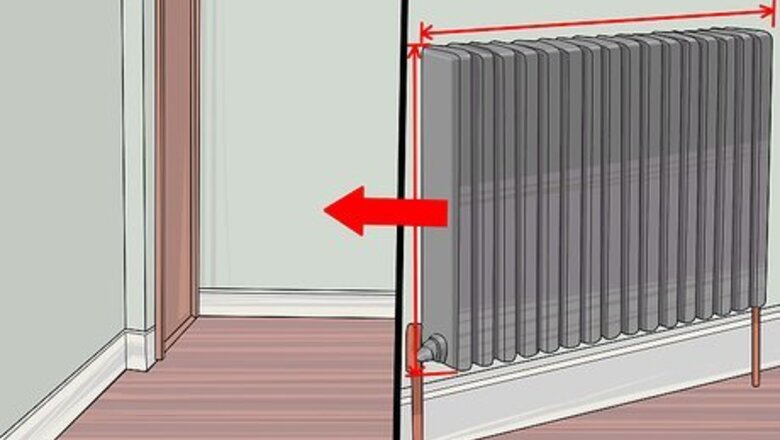
views
Taking It Out
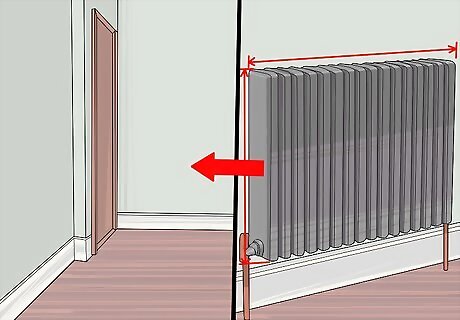
Consider the new location first. Measure your radiator, and decide on a new location. Remember, you must account for the pipes, as well, so you should find a space where they have room to go under the floor or in the wall. Also, many times, radiators are placed in front of windows because they help warm up cold drafts coming in from outside. If you're unsure how much space you'll need, consult with the plumber who will do the piping work. You can also look at the positioning of your old radiator system to get an idea of how much space pipes will take up.
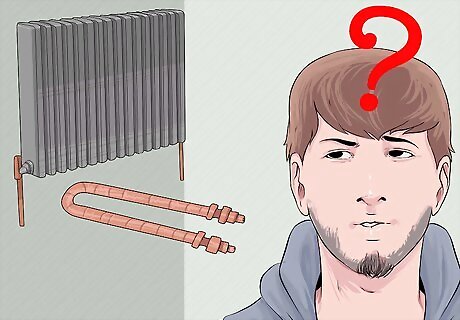
Think about how the pipes will work. If you can, extending the old pipes will be the easiest bet. If you can't do that, you'll have to think about how much space new pipes will take up in the new spot. Once again, it's best to consult with the plumber if you're unsure.
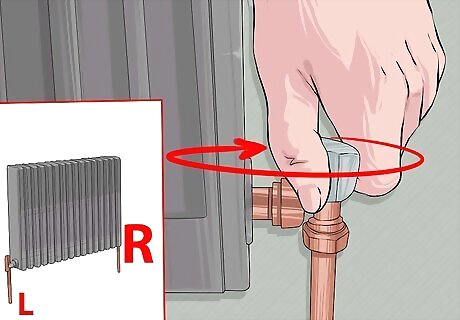
Turn off the manual control valve. This valve is the one you use to adjust the temperature. It's often on the bottom right of the radiator, where the radiator meets the pipes.Turn the valve off by rotating it clockwise until it stops. Use a dust cover if necessary. Some thermostatic valves don't have an off switch. You need a little cap to fit over them in place of the thermostatic device. You can find one at the hardware store if you don't have one.
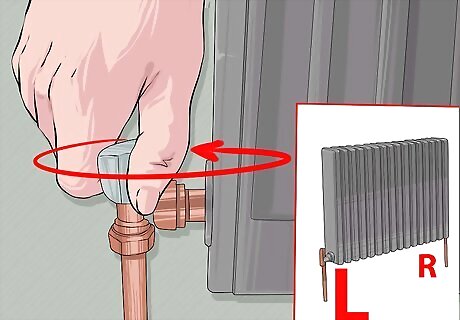
Close the lockshield valve. The lockshield valve will have a plastic cover on top, and it's often on the bottom left of the radiator. Take the cover off. Use a spanner/wrench to turn the valve clockwise, counting turns as you go. You count turns so that you can open the valve the same amount when you move the radiator somewhere else.
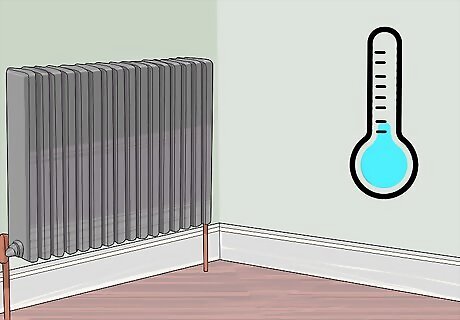
Let it cool. Once you turn it off, let the radiator cool for a bit. You don't want the water in the heater to be too hot to work with.
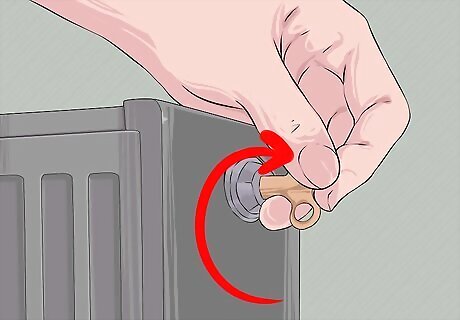
Check for water. Open the bleed valve a little bit to see if water comes out. You will need a radiator key to turn it. If water leaks out, water is still going through the radiator. Make sure the valves are closed as much of possible. If they are, you'll need to drain the radiator.
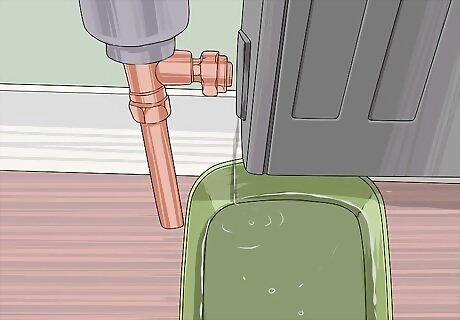
Drain the water. You'll need two plumber's wrenches. You are pulling the radiator up from its risers at the bottom. Have something to catch the water ready. Hold the manual control valve with one wrench, while you use the other to unscrew the nut that holds them together. Water will drain out as you loosen it, so be ready. Do the same with the other valve, the lockshield valve.
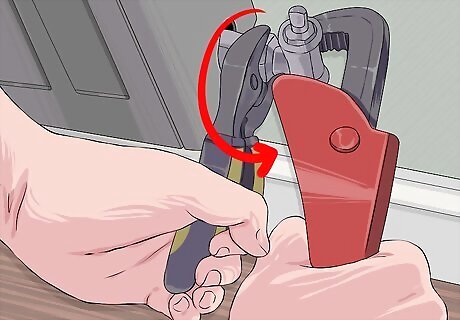
Move the radiator off its supports. Now you can move the radiator off the supports. However, be aware more water will drain. In addition, radiators can be very heavy, so have someone to help you if possible. You may also have to lift it off of wall brackets.
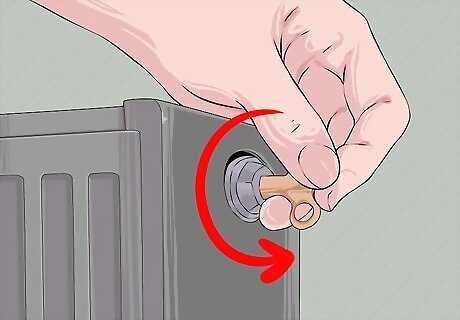
Close the bleed valve. Before moving the radiator, close the bleed valve. You don't want any random dirty water dripping across your home if any is left inside. Tilt the radiator to make sure you get all the water out, which will come out the other valves. Make sure to put something under the radiator, as it's likely not clean. In fact, it's best to turn it upside-down so you don't drip sludge on the floor.
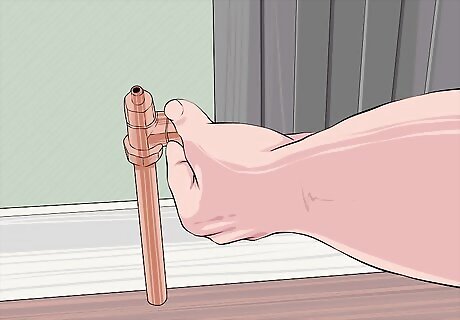
Have a plumber rework the plumbing. Unless you're extremely confident in home improvement, it's best to have a plumber do the next part. You need to have pipes put in the new position. They can be extended from the old position, or you can have new ones put in, which of course will be more expensive.
Putting It in Its New Position
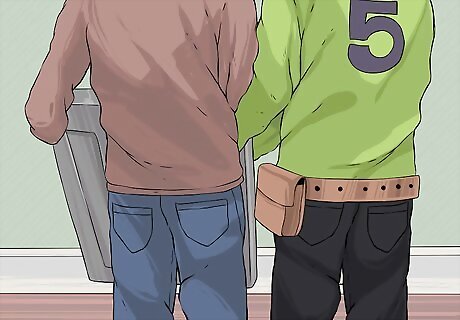
Get some help to move it. Once again, radiators are very heavy. Many are made of cast iron. It's best to have a dolly and someone to help you move it where you want it to go.
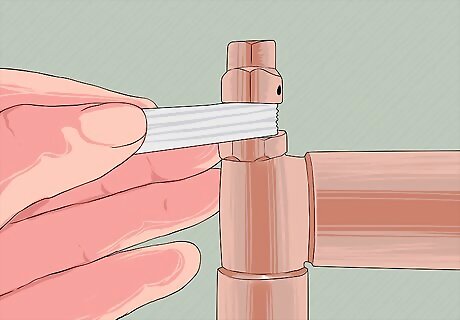
Wrap plumber's tape around the adapter screw threads. Go clockwise around the threads. Tear off any extra, and flatten down the end.
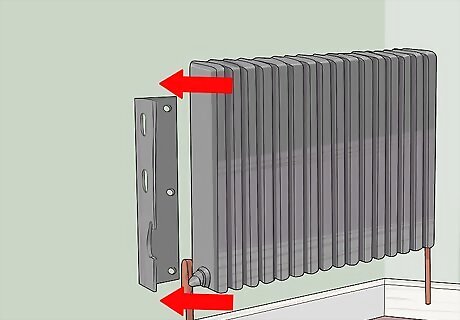
Set the radiator on its supporting brackets. In the new position, set your radiator into place. The valve lines need to line up with the valves on the radiator. Also, make sure you get it back on its wall brackets.
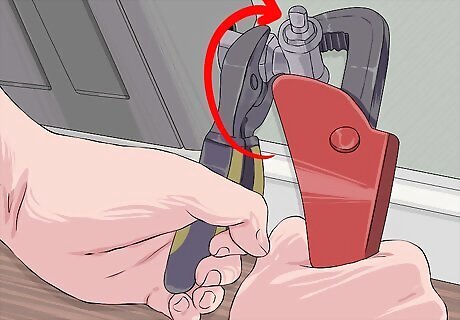
Tighten the nuts. Just as you loosened the nuts under the valves, it's now time to tighten them. Use a plumber's wrench to hold a valve, and turn the nut with another plumber's wrench until it's tightened.
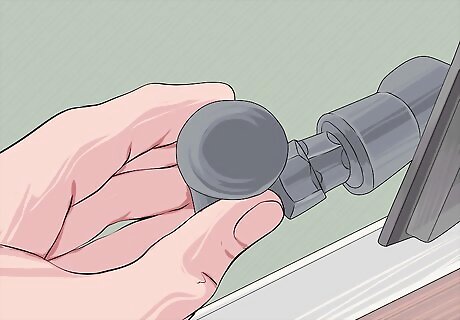
Open the lockshield valve. Turn the lockshield valve counter-clockwise. Remember to do it the same amount of turns to open it as you you used to close it before.
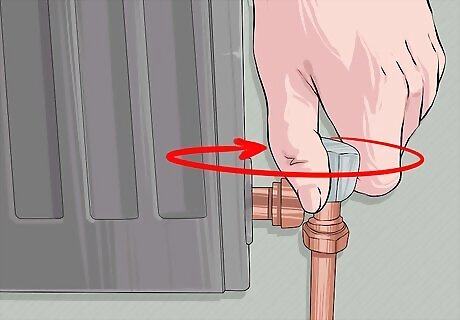
Open the manual control valve. Again, turn counter-clockwise. Doing so will open the valve, releasing water or steam into your radiator.
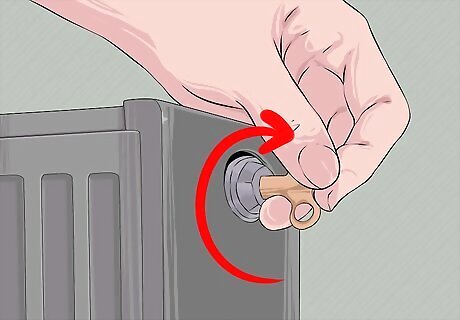
Let out air. Open the bleed valve momentarily to let out any trapped air. Once the radiator has filled up again, you can close the valve again.
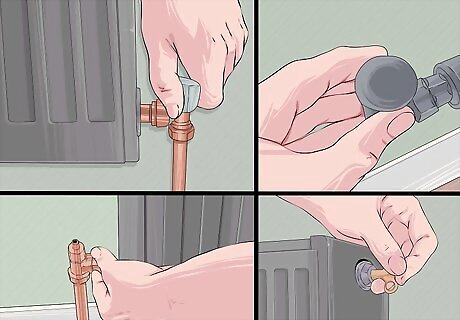
Check your work. Make sure none of the valves are leaking. If the are, turn them off and tighten the nuts some more.
















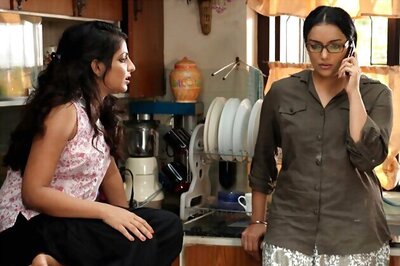

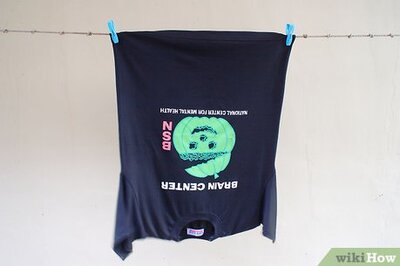

Comments
0 comment